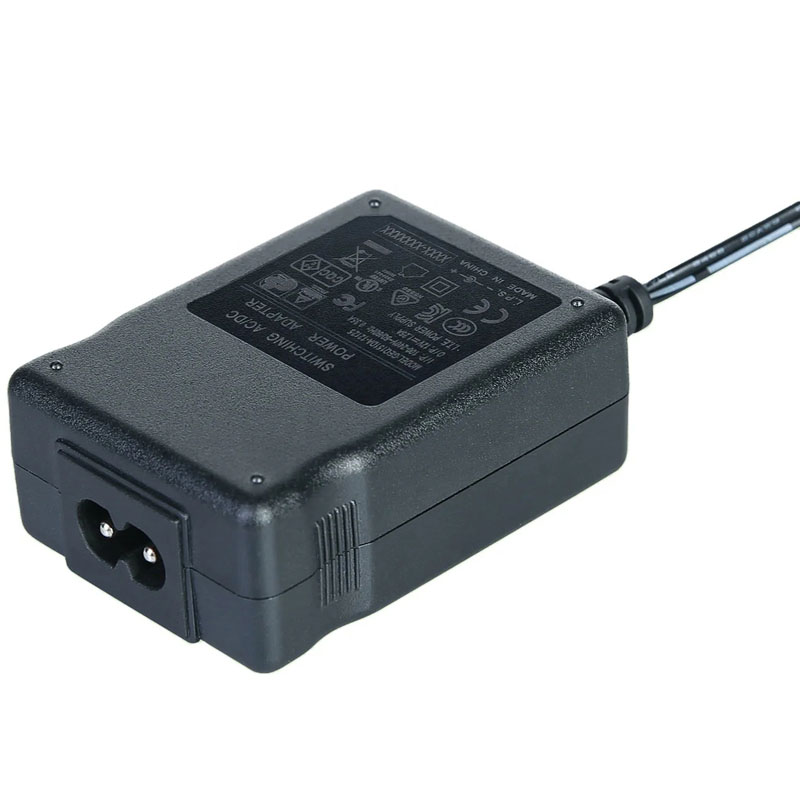Safety Measures to Consider While Using a Desktop Power Adapter
2024-05-29
When using a desktop power adapter, it's crucial to prioritize safety to protect your computer and yourself from potential hazards. Here are some safety measures you should take while using a desktop power adapter:
1. Use the Correct Adapter
Always ensure that you're using the correct power adapter for your desktop computer. Using an incompatible or mismatched adapter can cause voltage fluctuations and damage your computer's internal components. Check the specifications of your computer and use the recommended adapter.
2. Check the Voltage and Amperage Ratings
Before plugging in your power adapter, check the voltage and amperage ratings on the adapter and compare them to the requirements of your computer. Using an adapter with incorrect ratings can lead to overheating, short circuits, or even fires.
3. Avoid Overloading
Don't overload your power adapter by connecting too many devices or using high-power devices that exceed its capacity. Overloading can cause the adapter to overheat and malfunction, potentially damaging your computer or causing a fire.
4. Keep it Dry
Avoid using your power adapter in damp or wet environments. Water can cause electrical shorts and damage the adapter's internal components. If your adapter gets wet, unplug it immediately and let it dry completely before using it again.
5. Use a Stable Outlet
Plug your power adapter into a stable and secure outlet. Avoid using outlets that are loose, damaged, or overloaded with other devices. A stable outlet ensures a reliable power supply and reduces the risk of electrical hazards.
6. Keep it Away from Heat Sources
Place your power adapter in a well-ventilated area and keep it away from heat sources, such as radiators, heaters, or direct sunlight. Heat can cause the adapter to overheat and malfunction, potentially damaging your computer.
7. Regularly Inspect the Adapter
Regularly inspect your power adapter for any visible damage, such as cracked plastic casing, bent pins, or burn marks. If you notice any damage, replace the adapter immediately to avoid potential safety hazards.
8. Unplug When Not in Use
When your computer is not in use, consider unplugging the power adapter from the wall outlet. This reduces the risk of electrical hazards, such as lightning strikes or power outages, that could potentially damage your computer or adapter.
By following these safety measures, you can minimize the risks associated with using a desktop power adapter and ensure a safe and reliable computing experience. Remember, safety is always paramount when it comes to handling electrical devices.



